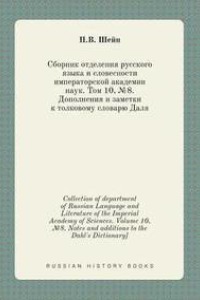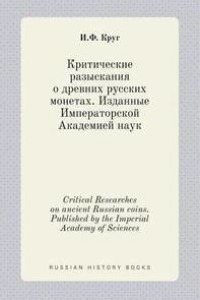
Liknande böcker
Images of the Uniforms of the Russian Imperial Forces
Bok av Ya Fon Lyude
Type of uniforms Russian Imperial Army, presented in this album, was introduced at the end of the reign of Catherine the Great, her morganatic husband, president of the Military Collegium of the Count Potemkin-Tauride. Therefore, in this type of military uniforms uniformology was named "Potemkin" uniforms. In total, the album features 86 drawings of uniforms by Field Marshal to ordinary soldiers of all arms. In the second half of the XVIII century. introduction of the new uniforms was a Europe-wide trend. After the end of the Seven Years' War 1756-1763 biennium. A number of European nations are changing the shape of troops, moving away from the so-called "Prussian" uniform. This primarily applies to the UK, Austria and Russia. So, the British were forced to innovate since 1768 due to the inability to fight in uniform "Prussian" type in their colonial possessions. The English army refuse Gamache, wigs and braids on the soldier's head. Light Dragoons and arrows in the infantry get helmets instead treugolok. The Austrian army at this time more and more attention is drawn to the Balkan theater of war, designed the Austro-Russian alliance against the Ottoman Empire. Preparing for war with Turkey, the Austrian military encounter problems "uncivilized" enemy forces, especially natural conditions and fully facilitate uniform. In this way go and reforms in military clothes in Russia. If you compare the details of the Austrian military uniform with a "Potemkin", the similarity of the soldiers immediately catches the eye: a short jacket instead of a long tunic, trousers instead of the large trousers and a short "hussar" boots Gamache instead. But the so-called "Potemkin's uniform" was also not free of decorative, unnecessary military service details. Survived breast lapels, rich embroidery, intricate stripes on the pants, colored jacket lapels floors. Especially failed experiment turned out new hats helmets, which were introduced in the infantry and cavalry line. Externally helmets looked bright and colorful, but they were inconvenient for everyday wear, and quickly fell into disrepair. Moreover, the officer's (and Guard and ordinary) uniform was almost unaffected by the reform, while maintaining all the features of the "Prussian" uniform, who wore the Russian army since the second quarter of XVIII century.







